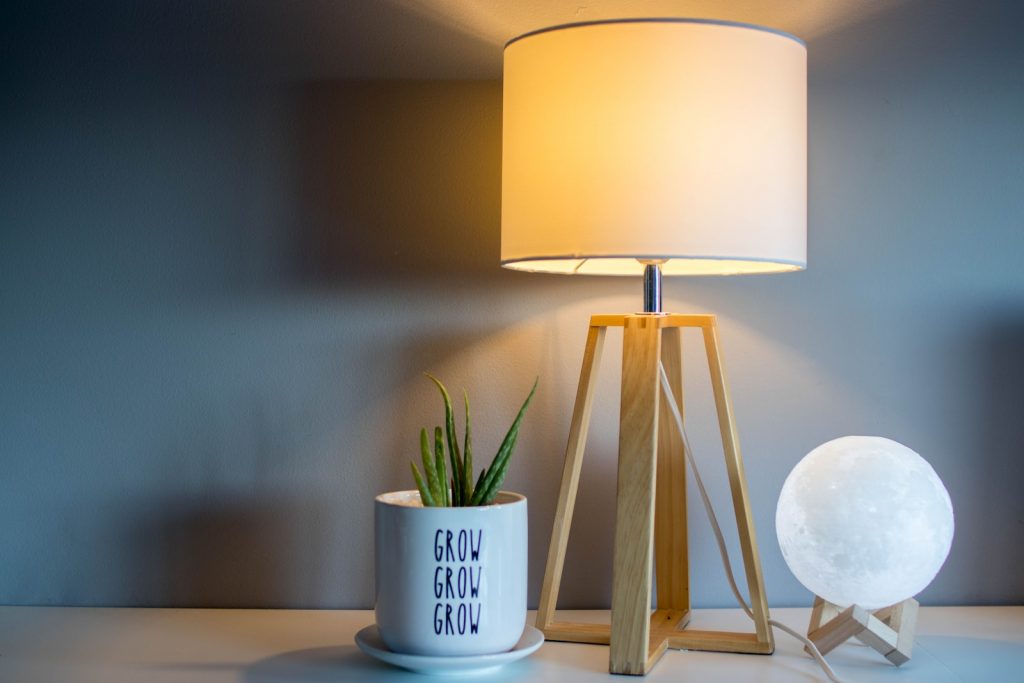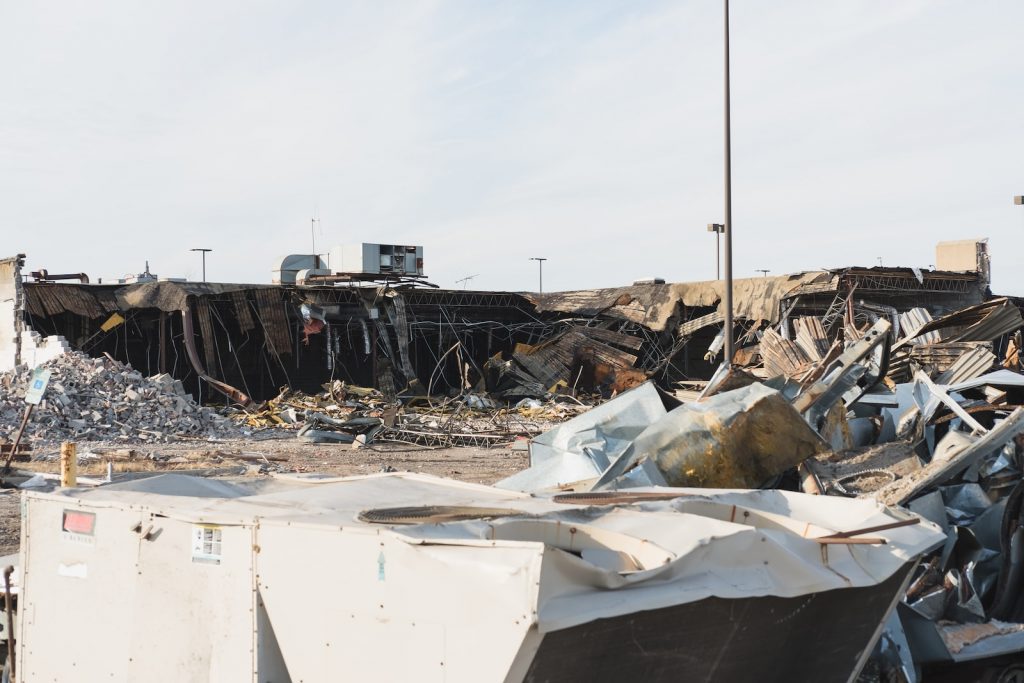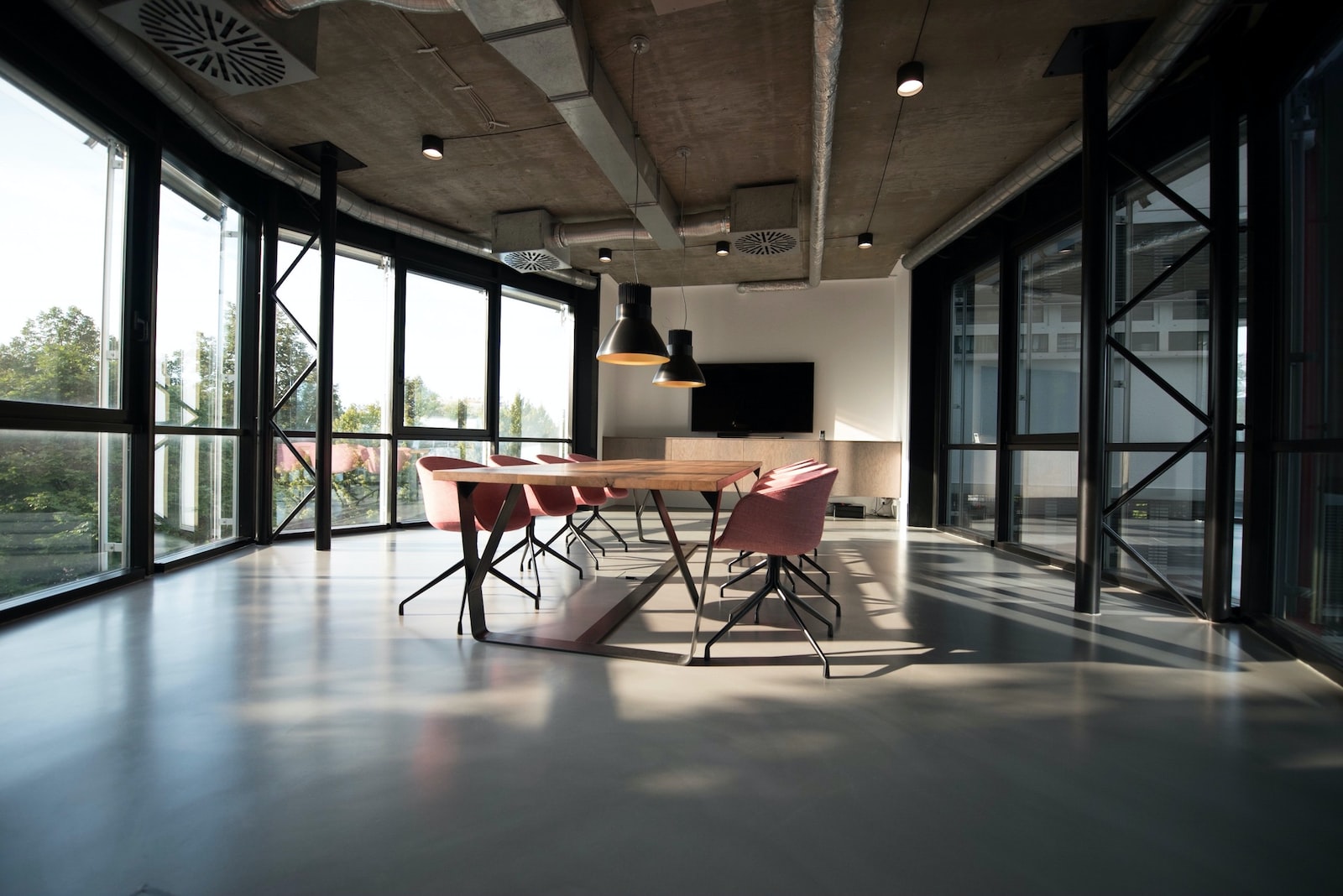Future-Proofing Your Commercial Building
As a business owner, you want to ensure your commercial building is ready for the future. Whether that means protecting against extreme weather conditions or ensuring it has the latest technology, there are steps you can take today to make sure your building stands strong tomorrow. In this article, we’ll discuss how to future-proof your commercial building and why it’s important in today’s ever-changing world.
Assessing The Energy Efficiency Of Your Building
When considering the future-proofing of your commercial building, assessing its energy efficiency should be at the top of your to-do list. This is particularly important for older structures which may no longer meet current standards and require updating. To start this process, you’ll need to carry out a thorough audit of all systems in the building – from lighting and heating to air conditioning and ventilation.
Once you have identified any areas that are inefficient or outdated, there are various solutions available to improve the energy performance of your building. These can range from simple measures such as installing LED lights or adjusting thermostats, right through to more complex projects like upgrading insulation or replacing windows with double glazing. In most cases these changes will pay for themselves over time by reducing electricity bills and maintenance costs while increasing comfort levels for tenants.
No matter what kind of improvements you decide on making, it’s important to understand their impact on both short-term operational costs and long-term value. By taking proactive steps now, you can ensure your commercial building remains compliant and efficient well into the future.
Utilizing Smart Technology To Automate Processes

Smart technology is a great way to future-proof your commercial building. Automating processes can help improve energy efficiency and reduce costs, while also freeing up time for employees to focus on more important tasks. What’s more, integrating smart systems into the building offers greater visibility into usage data, allowing you to better understand how changes in temperature or lighting impact your overall consumption.
To get started, consider installing sensors that measure occupancy levels, air quality and light intensity throughout the building. This will provide valuable insight as to which areas of the office are being used most often and at what times of day – information that can then be used to adjust heating or cooling accordingly. Similarly, automated blinds can save both energy and money by ensuring windows are covered when it’s sunny outside but no one is around. By taking these proactive steps now, you’ll not only create a more efficient space with lower running costs; you’ll also set yourself up for success down the line should any further automation opportunities arise.
Improving Building Maintenance And Upkeep
As a commercial building owner, you understand how important it is to invest in the upkeep and maintenance of your property. Fortunately, there are many ways to improve this process while future-proofing your building.
The first step is to assess existing systems such as heating, ventilation and air conditioning (HVAC), plumbing, security and lighting. Once that’s been taken care of, consider investing in smart technology solutions like automated sensors for motion detection or even full automation systems for controlling HVAC functions throughout the building. This will not only reduce energy costs but also make it easier to monitor any changes or irregularities with these critical elements of the structure.
Additionally, regular inspection schedules should be scheduled at least twice a year by qualified professionals who can identify potential issues before they become major problems. Regular maintenance tasks such as cleaning gutters and checking drainage can help prevent costly repairs down the road. Investing in quality materials during construction can also ensure long term durability so you don’t have to worry about making expensive replacements later on. All these steps combined will go a long way towards maintaining your commercial building now and into the future.
Investing In Sustainable Construction Practices
Investing in sustainable construction practices is a great way to future-proof your commercial building. This not only helps reduce environmental impact, but can also save money on energy costs over time and improve the overall value of the property. There are several viable options when it comes to making more eco-friendly choices during the construction process, including using more efficient materials, reducing waste, and conserving water.
It’s important to keep up with advances in green technology as they become available. This could include anything from utilizing renewable energy sources like solar panels and wind turbines to implementing smart systems that increase efficiency and lower emissions. Additionally, investing in high quality insulation or incorporating green roofs into the design can help maintain comfortable temperatures year round without increasing energy consumption.
Making these types of investments now will ensure buildings remain relevant for years to come while having minimal negative effects on the environment. By taking advantage of new technologies and approaches to sustainability today, commercial buildings can stay ahead of industry trends and continue to provide long term returns for owners down the line.
Preparing For Extreme Weather And Natural Disasters

When it comes to future-proofing your commercial building, there’s no better way than preparing for extreme weather and natural disasters. This means making sure the structure is designed with a specific climate in mind – from winter storms to summer heatwaves. It also means investing in protective measures like storm shutters or rooftop gardens that can help protect against wind damage or flooding. Additionally, businesses should ensure their buildings are equipped with emergency power sources such as generators, so they don’t lose electricity during an outage.
Finally, owners and managers need to stay informed about potential hazards and establish disaster response plans for both employees and customers. They should train staff on how to respond quickly and safely in case of an emergency, as well as have reliable communication systems in place between team members. By taking these steps now, business owners can create thoughtful strategies that will keep their people safe while minimizing financial losses due to property damage caused by extreme weather events.
Conclusion
Making sure your commercial building is future-proofed requires a comprehensive and proactive approach. We need to assess the energy efficiency of our buildings, utilize smart technology for automation, maintain and upkeep the building regularly, invest in sustainable construction practices, prepare for extreme weather events and natural disasters, and plan ahead for long-term success. All these steps require investment of both time and money but they are necessary if we want to ensure that our commercial building can stand up to even the harshest conditions in years to come.
It’s important to remember that this isn’t a one-time effort – it needs to be an ongoing process as well. By staying on top of maintenance issues and constantly investing in new technologies or improvements, you can keep your commercial building running smoothly while ensuring its longevity. Not only will this help protect your investments now but also into the future too.
Overall, making sure our commercial buildings are ready for whatever tomorrow may bring takes dedication and commitment from all stakeholders involved. But with the right strategy and some careful planning now, we can rest assured knowing that our commercial buildings have been properly prepared for decades to come.

